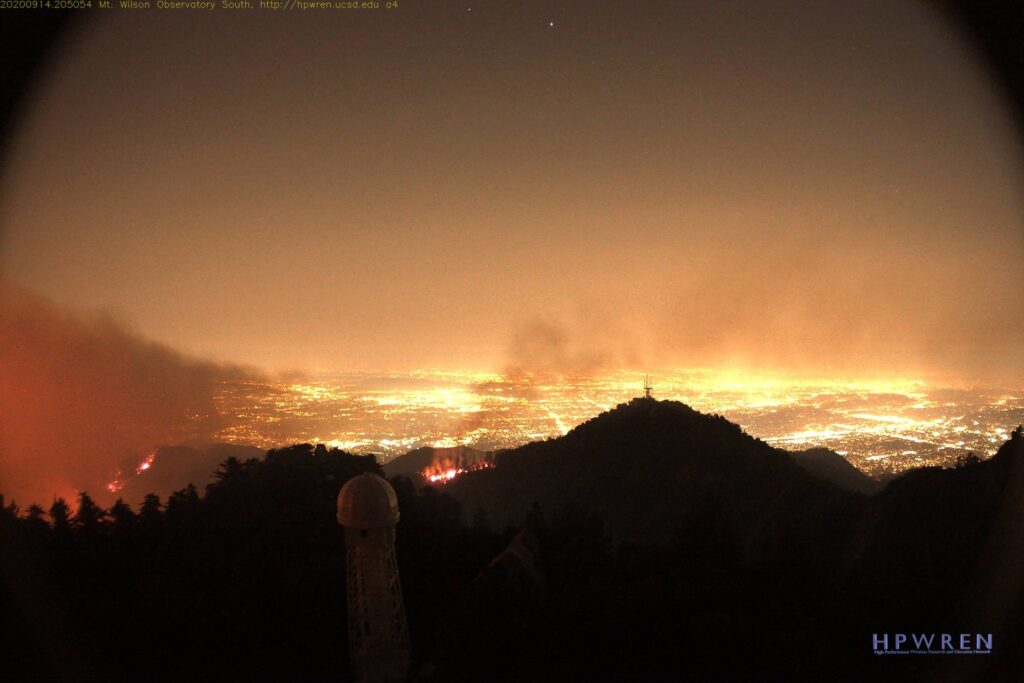Get the book
Watch a recording of the live public event held June 15th 2021
Watch the Custodians of the Cosmos event at the Royal Society of Edinburgh on April 3rd 2024
Read my Nature Astronomy paper The Case for Space Environmentalism
Get other key documents and learn what you can do at the Resources Page
What is it all about?
I love Astronomy. I love Space Exploration. I love the Internet. Until 2020, I assumed that these three loves do not clash, and indeed that they feed each other in a virtuous cycle. It now seems that was just a Moon Age Daydream. A new generation of large satellite constellations – fleets of thousands of low orbit satellites – is on its way, aimed at producing ubiquitous global high-speed internet connection. All very exciting – but these objects pollute the night sky, streak across our astronomical images, blare loudly and unpredictably at our radio telescopes, and increase the danger of spacecraft collisions, pushing us towards a space debris run-away that may make space industry unsustainable. The scary thing is that this may be the thin end of the wedge… opening the door to tens of thousands more, and maybe even sky advertising.
My fellow astronomers round the world have been forming professional working groups, and doing technical studies – you can read all about those and follow the links in the book. This is a bit different. Its aimed at the general reader, its a very personal view, and tries to set the issues in context. My aim is to bring the issue to as much public attention as possible.

As I wrote the book, I came to feel that the problem of sky pollution is really an example of environmental damage, and the tragedy of the commons – the sky seems to be a free resource, so why not use it? But we all pay the price. At a moral level and a practical level, the problems of climate change, loss of diversity, plastic in the sea, and animal cruelty are all much more important; but I see the loss of the sky through unthinking commercial exploitation as an example of environmental damage: the last damned straw.

You might think: well, its sad, but its a price we have to pay to connect the world. But we can provide global internet connection without thousands of Low Earth Orbit satellites. You only need those low-orbit satellites if you want the very shortest possible communication time delay – for example for high-frequency financial trading. Read the book to understand why!
